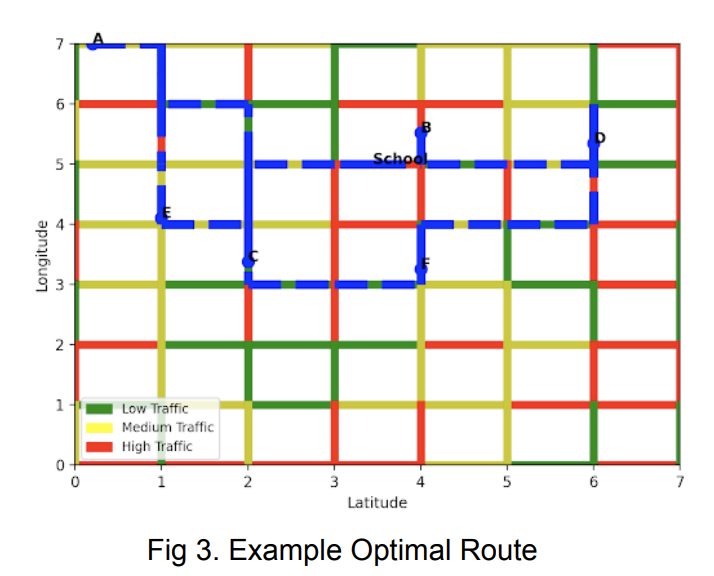Combining Artificial Intelligence Methods to Optimize Bus Routes in a Variable Environment
DOI:
https://doi.org/10.58445/rars.27Abstract
When there is a task with the freedom of many potential solutions, humans
can have a hard time finding an optimal solution in a sea of options. Computers, however, are faster at finding solutions because they can analyze all of the available options more rapidly than humans. This paper will be demonstrating the use of artificial intelligence in the development of bus routes in an area. For this, we need to consider the bus stops, the distance from one stop to the other, and the traffic in the area. Using all of that information, we can draw the best bus route for every bus in a district. In the event of a changing environment such as a missing bus driver or changes in traffic, a genetic algorithm can adapt quicker to the changes than a human. In this paper, we will use a combination of a branch and bound search and a genetic algorithm to determine the optimal route a bus should take to pick up students in a particular area. In addition, in the event that a machine does not provide the best route due to a lack of time for testing alternate routes, we demonstrate that it still finds a better route than a human given the same amount of time. Our use case demonstrates that a machine learning algorithm is capable of performing a task with more efficiency and better results than humans alone. These results provide evidence that machine learning using a genetic algorithm may be used throughout the commercial industry to improve productivity in many fields.

Downloads
Posted
Versions
- 2022-12-24 (4)
- 2022-11-07 (3)
- 2022-11-07 (2)
- 2022-11-07 (1)
Categories
License
Copyright (c) 2022 Cody Waldecker, Soham Patil

This work is licensed under a Creative Commons Attribution-NonCommercial-NoDerivatives 4.0 International License.

